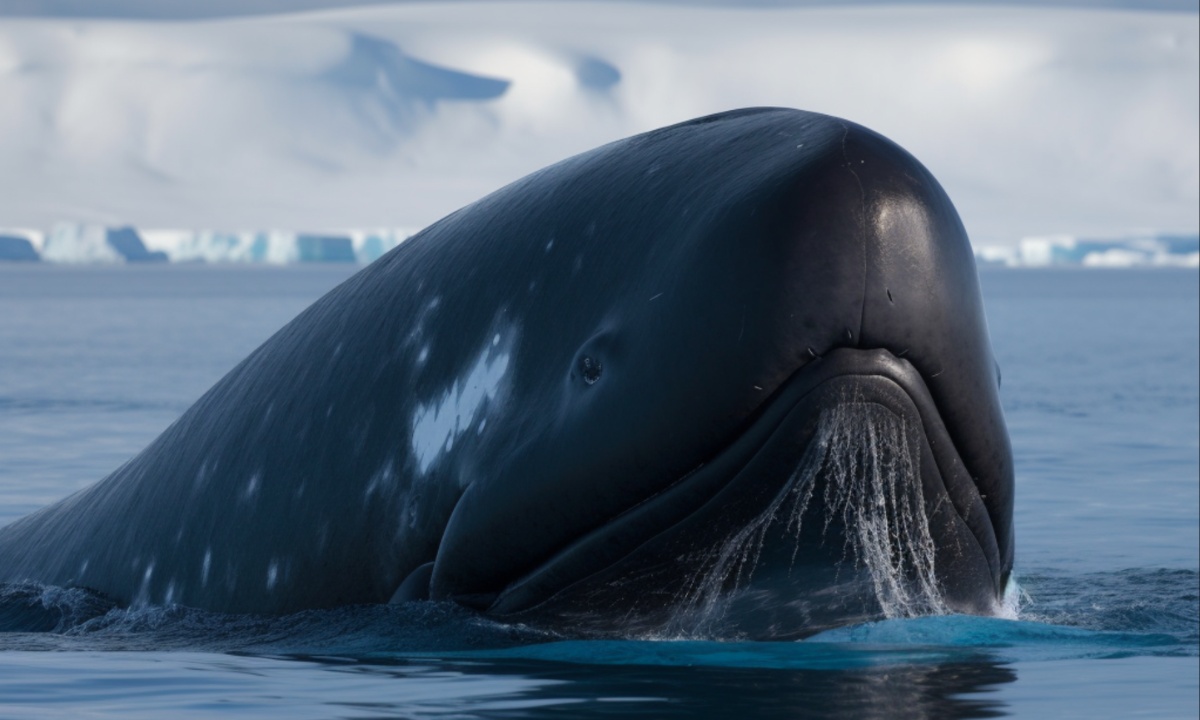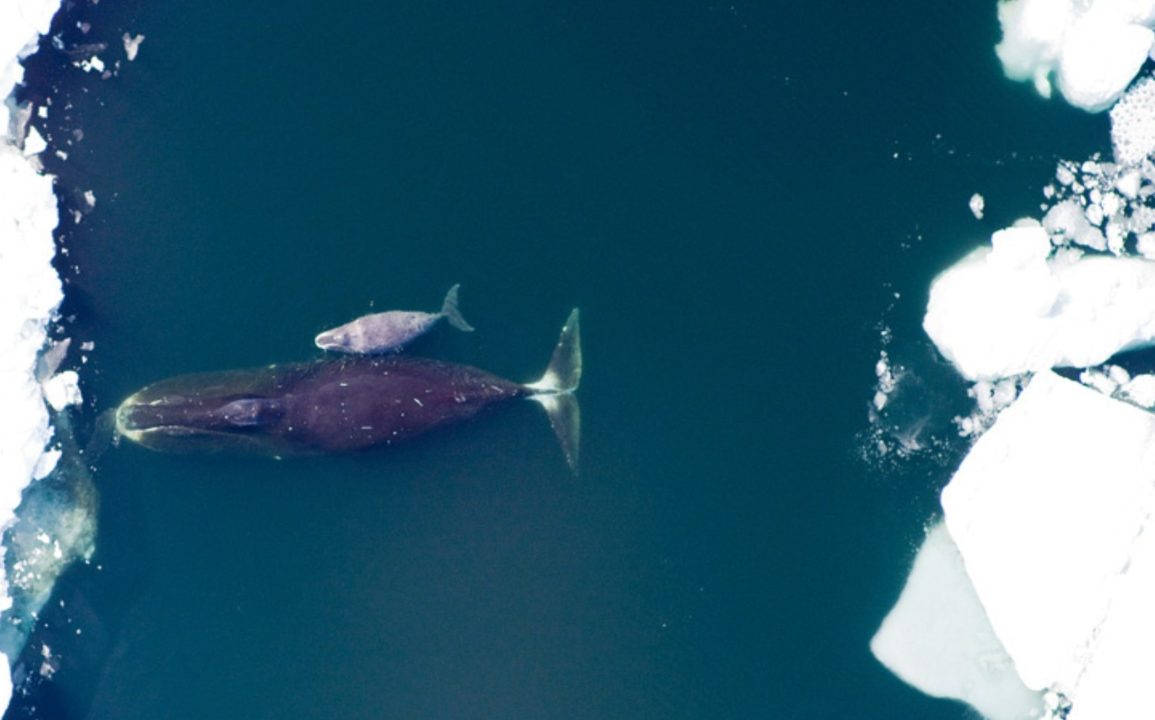Bowhead whales are extraordinary Arctic mammals known for their exceptional characteristics. They hold records for the thickest blubber and skin, longest baleen, largest proportional mouth and head, and longest lifespan among whales, living up to 200 years. They are also highly vocal, with a repertoire rivaling songbirds. Named by Linnaeus in 1758 and distinguished as a separate genus in 1821, bowheads are uniquely adapted to Arctic environments, thriving in some of the harshest conditions on Earth.
Endemic to Arctic and subarctic waters, bowhead whales live primarily in shallow coastal areas near ice floes. Their movement is dictated by the seasonal melting and freezing of ice, venturing northward in the summer months. Their thick blubber allows them to survive in extreme cold, while their powerful skulls enable them to break through sea ice up to 60 cm thick to breathe. Despite challenges such as limited visibility and oxygen access due to ice, bowheads can dive for 40–60 minutes and to considerable depths.
Bowhead whales are baleen whales, lacking teeth but possessing baleen plates up to 4 m long to filter food such as krill and copepods from seawater. They use unique feeding techniques, sometimes working in coordinated groups. Measuring up to 18 m (59 ft) in length and weighing around 80 tonnes, they are among the largest whale species, with distinct physical features like a V-shaped blow, paddle-shaped flippers, and white and grey markings on their chin and belly.

Known for their sociable but typically solitary behavior, bowheads travel alone or in small groups of two to three. They communicate through a variety of sounds, including intricate songs that change seasonally. Their vocalizations are so distinctive and freeform that they have been dubbed the “jazz singers of the deep.” These songs may help in navigation, communication, and foraging, although their exact purpose remains unclear.
Bowheads have a slow growth rate, maturing sexually later than other species, which contributes to their remarkable longevity. This longevity is attributed to living in cold Arctic waters and possessing effective DNA repair mechanisms that may reduce the risk of diseases like cancer. Historical evidence, such as harpoon tips from the 1800s found in whales, highlights their ability to survive extreme challenges.
Despite their adaptations, bowheads face natural predators like orcas and numerous human-induced threats. Climate change, with melting Arctic ice, poses a significant challenge to their habitat. Pollution from chemicals, heavy metals, and oil spills threatens their health, while underwater noise from industrial activities disrupts their environment. Additionally, entanglement in fishing gear and ship strikes further endanger them.
Traditional hunting by Indigenous communities continues under strict regulation to preserve cultural practices and sustain populations. These hunts are governed by international and national bodies like the International Whaling Commission and the Alaska Eskimo Whaling Commission, ensuring sustainable quotas.
Though bowhead whale populations have rebounded due to protections against commercial whaling, subpopulations in the East Greenland-Svalbard-Barents Sea and Okhotsk Sea remain endangered. Globally listed as Least Concern by the IUCN, continued efforts to address climate change, pollution, and other human impacts are critical for the species’ survival.

